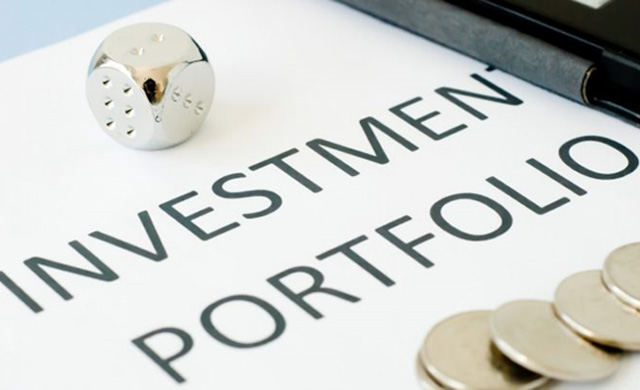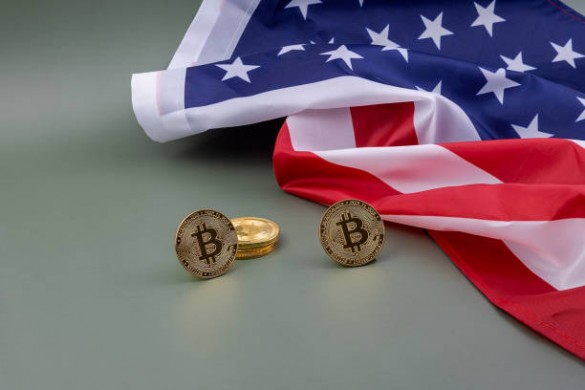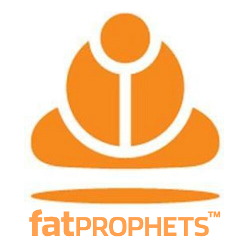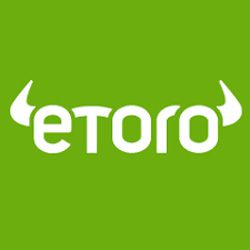Dewhurst (LSE:DWHA) has a lot of assets (and no debt) backing its 8.4m shares. When viewing the key numbers below consider that the “A” shares (non-voting) are current trading at £5.70 – £6.10.
Balance sheet strength (March 2017)
Net asset value in total £30.9m
Net asset value per ‘A’ non-voting share: £3.67
Net tangible asset value in total: £26.5m (after paying out £12m or so of cash in June to buy A&A net tangible assets will fall to about £15m)
Net tangible asset value per ‘A’ non-voting share: £3.16 (after the A&A purchase: £1.79).
Borrowing: zero
Cash: £18m (after A&A purchase: £6m – £8m)
Pension deficit: £11.7m
Conclusion: this is a very strong balance sheet, with no suggestion of potential financial distress.
Owner earnings analysis
With owner earnings we are trying to obtain the earnings that would be left for shareholders to take out of the business after the managers’ use of cash generated to pay for items of expenditure to maintain the strength of the economic franchise (e.g. additional capital items, additional working capital, marketing spend, R&D and staff training) and to maintain unit volume and to invest in all value-generating projects available. (see Newsletter 26th July 2017 for an explanation of owner earnings)
| £m YEAR | 2009 | 2010 | 2011 | 2012 | 2013 | ||||
| Profit after tax | 3.27 | 3.50 | 2.90 | 3.75 | 1.30 | ||||
| Add back non-cash items – depreciation, goodwill and amortisation
|
0.58 | 0.70 | 1.31 | 0.88 | 2.50 | ||||
| Totals to: Amount available for distribution to shareholders before considering the need to spend on fixed capital items and working capital items to maintain the company’s economic franchise, unit volume and invest in value generating projects. | 3.85 | 4.20 | 4.21 | 4.63 | 3.80 | ||||
| Deduct fixed capital and working capital investment. (The figures shown are actual expenditures and are therefore a rough proxy for the ‘needed’ expenditures to maintain franchise, etc.)
|
-0.4 | -0.64 | -0.48 | -1.50 | -0.60 | ||||
| Owner earnings | 3.45 | 3.56 | 3.73 | 3.13 | 3.20 | ||||
| £m YEAR | 2014 | 2015 | 2016 | 2017 | 2018 1st half x 2 | ||||
| Profit after interest and tax deduction (excluding gains on property) | 3.95 | 4.11 | 3.51 | 4.45 | 3.90 | ||||
| Add back non-cash items – depreciation, goodwill and other amortisation | 1.19 | 0.99 | 0.91 | 0.98 | 0.86 | ||||
| Totals to: Amount available for distribution to shareholders before considering the need to spend on fixed capital items and working capital items to maintain the company’s economic franchise, unit volume and invest in value generating projects.
|
5.14 | 5.10 | 4.42 | 5.43 | 4.76 | ||||
| Deduct fixed capital and working capital investment. (The figures shown are actual expenditures and are therefore a rough proxy for the ‘needed’ expenditures to maintain franchise, etc.)
|
-1.05 | -0.95 | -2.40 | -1.19 | -0.42 | ||||
| Owner earnings | 4.09 | 4.15 | 2.02 | 4.24 | 4.34 |
Alternative scenarios:
- Assume the owner earnings achieved over the last 18 months are representative of all future years
Annual owner earnings stick at £4.3m for every future year. Then the intrinsic value of the OE flow is the £4.3m perpetuity discounted by the required rate of return on a share of this risk class, which I estimate to be 8% per year:
£4.3m/0.08 = £54m.
Dewhurst has 8.4m shares, therefore the intrinsic value of the future owner earnings is £6.40.
But, there are two other forms of value held with this company:
- First, there is cash left over even after paying for A&A. I conservatively estimate this to be £6m or 71p per share.
- Second, A&A generated profits after tax of at least £2.5m in its most recently reported year. If I take this to be representative of the future annual owner earnings (quite a leap, I grant you, but the best stab I can make on the very limited data available) then the present value of this is £2.5m/0.08 = £31m.
Totalling these three items up we have £91m or £10.83 intrinsic value per share.
But, can I really increase the value an acquisition that cost £12.25m to £31m?
A possible justification for doing so is that private companies can be bought on lower multiples of owner earnings than quoted companies so, even though A&A was bought on multiple of 5, it can now, as part of a group which has an 8% required rate of return, be valued on a 12.4 multiple.
However to be conservative, and in light of the limited knowledge we have about A&A, perhaps we ought to value it at no more than what is paid for it. Thus we are back to the cash sitting within the Dewhurst prior to the acquisition, i.e. £18m.
Adding this to the intrinsic value of the future owner earnings we have £54m + £18m = £72m or £8.57.
- Intrinsic value based more years of……………To read the rest of this article, and more like it, subscribe to my premium newsletter Deep Value Shares – click here http://newsletters.advfn.com/deepvalueshares/subscribe-1

 Hot Features
Hot Features













